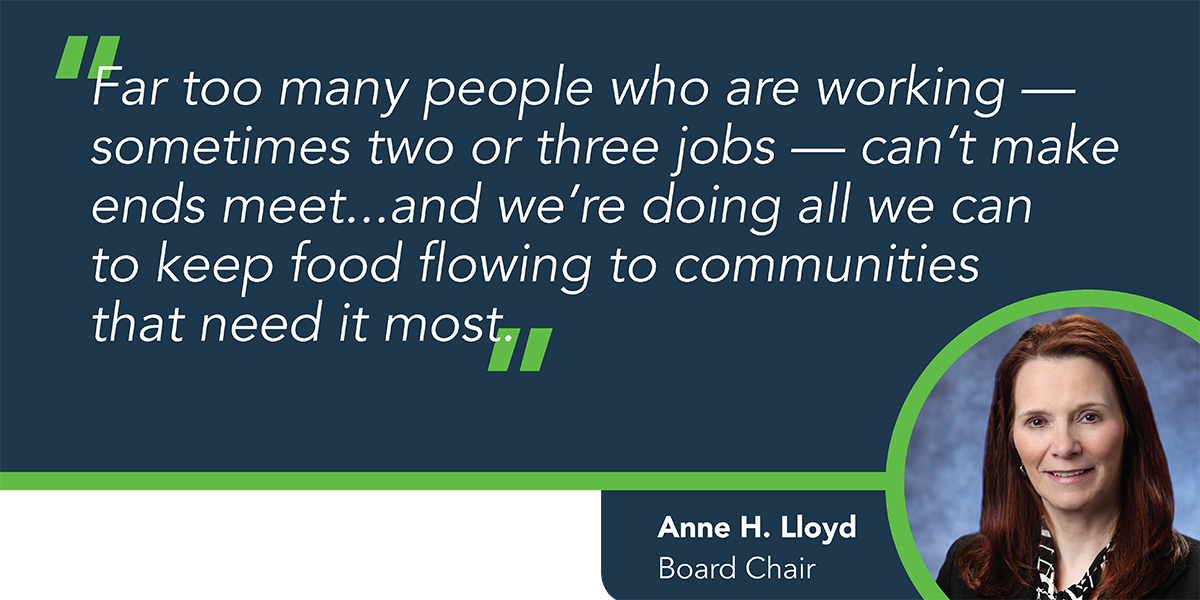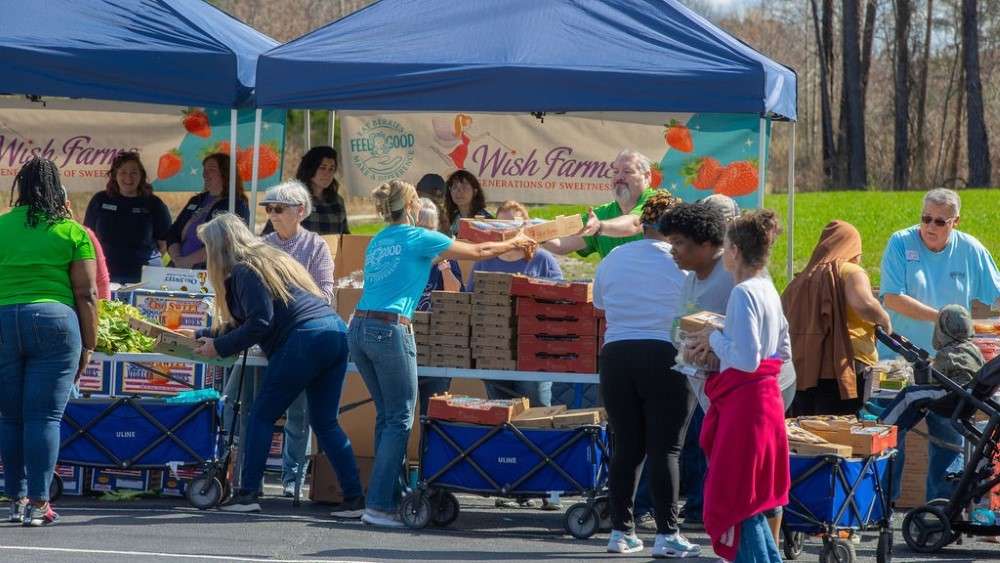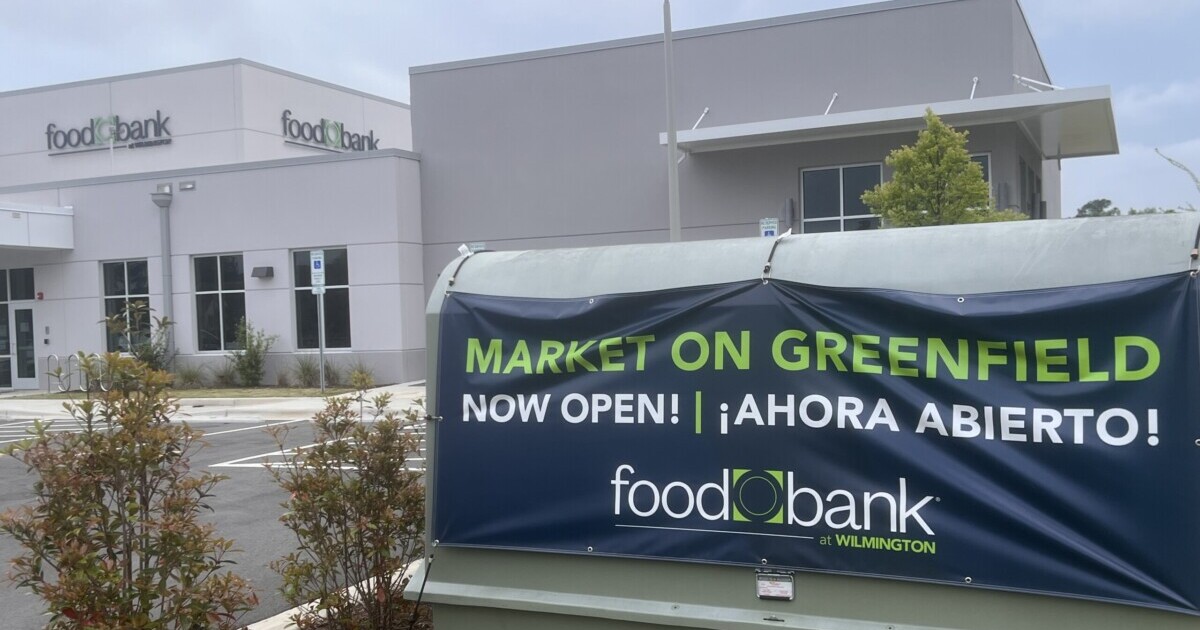By Chef Tessa Nguyen, RD, LDN, Food Bank CENC Social Media Ambassador. This content originally appeared on tastenutritionconsulting.com and has been reposted with permission.
Hailing from the heart of a metropolitan city in North Carolina, it’s easy to forget over 40 million Americans and over 800 million people worldwide face food insecurity and hunger on a daily basis. How can these folks get the adequate nutrition their bodies need if they’re struggling to find their next meal? There are many nonprofits out there trying to bridge this hunger gap on a local level, including the Food Bank of Central & Eastern North Carolina.
My friends and I teamed up in 2017 and 2018 to create the Hottest Chefs of the Triangle Calendar. This innovative calendar was a creative and fun way to highlight the many talented chefs we have here in the Triangle area of North Carolina. As my “calendar girls” and I are all involved in the food and hospitality industry, we wanted to give the profits back to a meaningful cause to all of us. We chose the Food Bank of Central & Eastern North Carolina (the Food Bank from here on out, since it’s such a long name!) because they help so many of our neighbors and families here locally and are passionate about making sure #NoOneGoesHungry. Since then, I’ve had the privilege of developing a close relationship with them, as well as serving as a Social Media Ambassador.

Hottest Chefs of the Triangle 2018 Calendar Release Party
The Food Bank is rooted in providing nutritious, wholesome ingredients to families across their 34 county service area. Historically speaking, many people would often only list dry pantry items/canned goods as the things being donated and dispersed by a food bank. While these food items are incredibly important in helping to alleviate the issue of hunger, more light has been shed on the depth of many food bank programs, including the Food Bank. According to the Food Bank, the amount of food they distribute that falls under “dry goods” is only 40%. Produce, refrigerated goods, frozen foods and frozen meats compromise 59% of all the food dispersed to their clients. Their distribution facility in Raleigh offers over 15,000 square feet of refrigerated space to house perishable goods before being delivered to those in need.
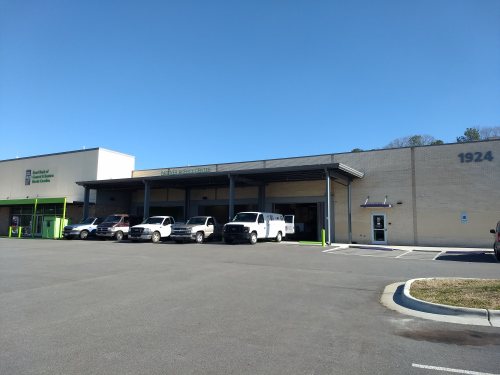
The Food Bank of Central Eastern North Carolina’s Raleigh Location
On my latest visit to the Food Bank, I was honored to receive a personal tour by Lindsay Humbert, their Digital Strategy Manager. A particular area of interest I had on this tour was the topic of food waste and how the Food Bank manages it in their distribution facilities. With all foods containing expiration dates and best by dates, there are some products donated by Retail Partners and Farmer Friends (retailers like grocery stores, farmers who donate their products) that are unsellable, but perfectly safe to eat. Volunteers at the Food Bank sort through these donations to rescue the food for Food Bank clients. Furthermore, any blank cans (canned goods donated without a label) aren’t tossed out. The Food Bank will reclaim those by creating ingredient labels prior to distributing them to Food Bank clients. This has done wonders to not only feed our neighbors in need, but proactively fight food waste.

The Food Bank is also striving to provide healthy food and nutrition education to their clients by collaborating with external partners, including registered dietitians and chefs. Sara Clement, the Food Bank’s in-house dietitian and Nutrition Education Manager, has hit the ground running by coordinating and conducting cooking classes in the Food Bank on-site teaching kitchen. Working with EFNEP (Expanded Food and Nutrition Education Program) and partner agencies, the cooking classes keep along the lines of sustainability by utilizing as much of the food items that are found right in the warehouse of the Food Bank. After the classes, attendees are able to take home the ingredients featured throughout the class.
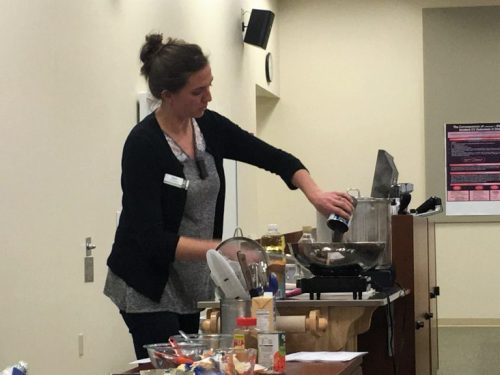
Sara Clement, RD, LDN from the Food Bank
Whether you can help your neighbors by donating your time, services or monetarily, every little bit helps. If food insecurity and hunger is a cause that strikes a chord with you, take a look at your local food bank’s website to see how you can get involved or check out the Food Bank’s site as a starting point.
 Tessa Nguyen, RD, LDN, is the founder and principal of Taste Nutrition Consulting. She is a professionally trained Chef and Registered Dietitian working with clients throughout the world. Tessa’s areas of expertise include recipe development, speaking engagements, food writing and hands-on culinary experiences. Her work has been featured in several international publications.
Tessa Nguyen, RD, LDN, is the founder and principal of Taste Nutrition Consulting. She is a professionally trained Chef and Registered Dietitian working with clients throughout the world. Tessa’s areas of expertise include recipe development, speaking engagements, food writing and hands-on culinary experiences. Her work has been featured in several international publications.


